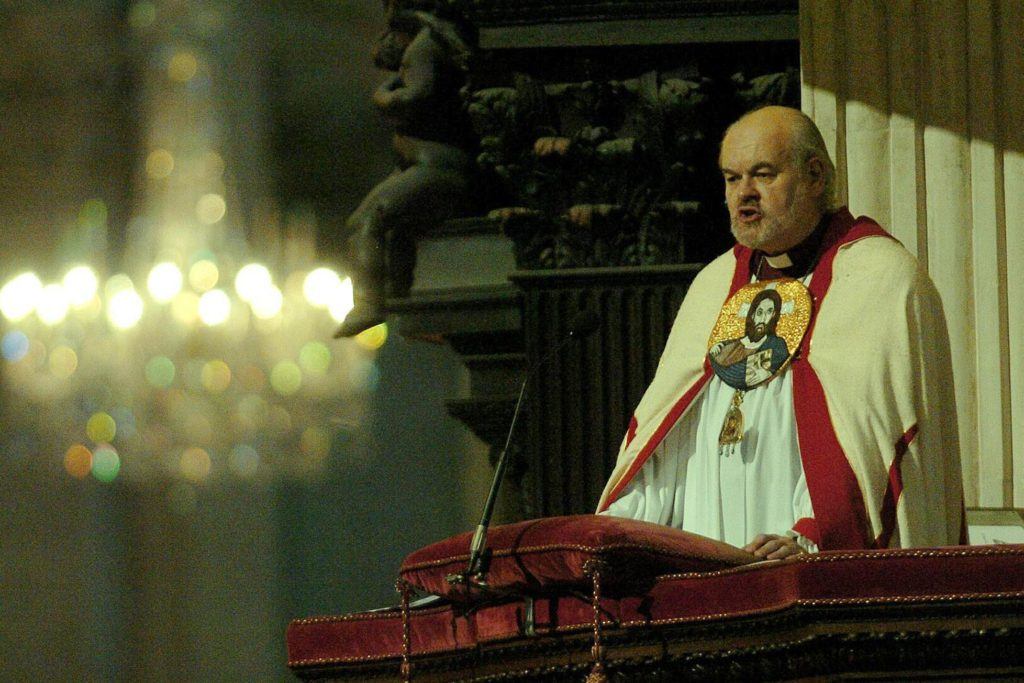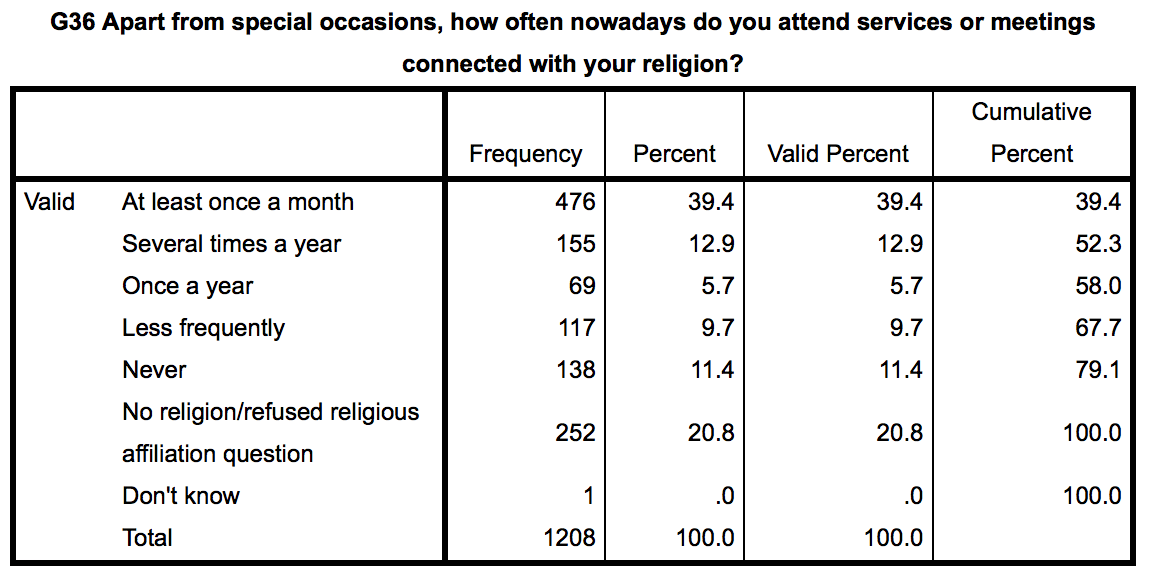Credit: Tama66, Pixabay
Given the parish systems of the Catholic and Anglican churches, the religious history of the United Kingdom means a church building is never far away. But are places of worship still needed in every community? And what do they offer today? We looked at multiple data sources to explore the extent to which religious buildings remain part of social life – and how.
Churches… are… closing. Or, where they are determined not to close but can’t sustain a sizeable congregation, they are grouped together with others and served by one clergy member across three or four churches – especially in rural areas where beautiful 12th century church buildings are sometimes used primarily for weddings with perhaps a monthly service to keep things ticking over.
That’s the story we often hear. But there are other stories too. The recently retired Bishop of London Richard Chartres was in post for more than 20 years (1995 until earlier this year) and not only refused to close a church in his patch, but introduced a programme of ‘church planting’: starting new churches in areas where church attendance is low.
According to the British Social Attitudes survey, 22% of adults in Britain say they attend a religious service at least monthly – as do 39% of adults in Northern Ireland (please see tables at the bottom of this article). There is not a comprehensive list or credible statistic to calculate the total number of places of worship, not least because of their immense variety. Many new groups of worshippers begin by meeting in someone’s home or by renting a hall in a school and may not have a dedicated building for many years. According to the new Jewish Policy Research report on Synagogues in Britain, this is how Jewish worshipping communities have originated, as have many charismatic churches. Mosques are not always clearly visible from the street, if they are using a former disused building. At least not until Fridays when the line of people walking towards the place of worship indicates its purpose.
A communal gathering place remains part of millions of people’s religious practice, and draws in people from the local community and beyond in various ways:
Help in times of crisis: My UnHerd colleague Jonathan Aitken described the ways people from synagogues, mosques and churches leapt into action to help people evacuated from the dreadful fire at Grenfell Tower. Whether it’s churches sheltering terrified people fleeing rape and violence in Central African Republic, or mosques housing widows and children who fear attacks in Kashmir, some of the world’s most vulnerable people have found refuge in places of worship.

 Main Edition
Main Edition US
US FR
FR









Join the discussion
Join like minded readers that support our journalism by becoming a paid subscriber
To join the discussion in the comments, become a paid subscriber.
Join like minded readers that support our journalism, read unlimited articles and enjoy other subscriber-only benefits.
Subscribe